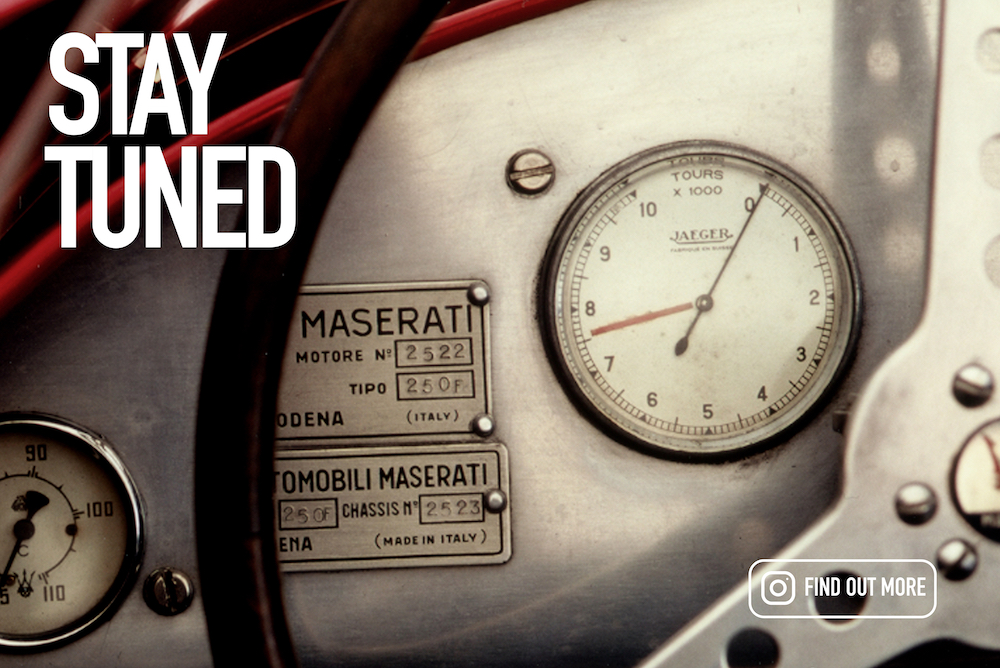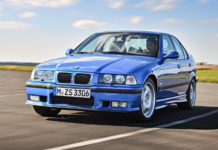If you’re a fan of the quirky and obscure, the world of prewar cars has a lot to offer. Even someone who lives and breathes cars has only to spend a day around antique cars to discover just how much they don’t know. Such was your author’s experience at Old Car Festival this year, a day-long parade-plus-car-show for pre-1932 automobiles held on the equally historic streets of Greenfield Village, Henry Ford’s outdoor museum of buildings in Dearborn, Michigan. What on earth was a Warren? A Sunset? And hang on … did REO actually make a Speedwagon?
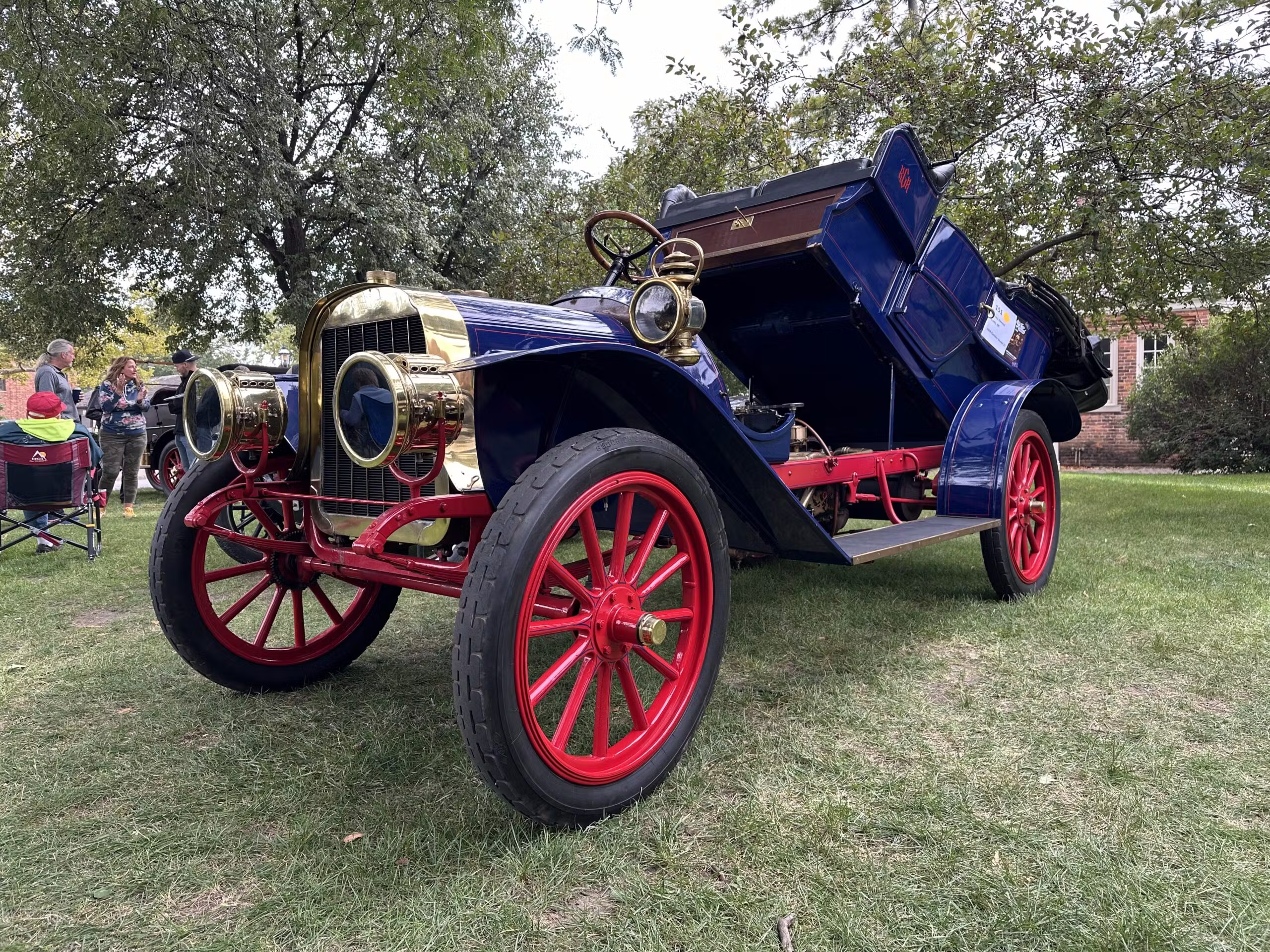
The earliest years of the automobile are a fascinating time, an era of wild experimentation in which startups appeared and disappeared en masse. However, the people who were alive when these cars were new are all but gone. We took a trip to the Burton Historical Collection in the Detroit Public Library and spent some time with The Standard Catalog of American Cars, 1805-1942, to discover the origin stories of five American auto companies whose names are nearly forgotten.
Graham-Paige (1928–40)
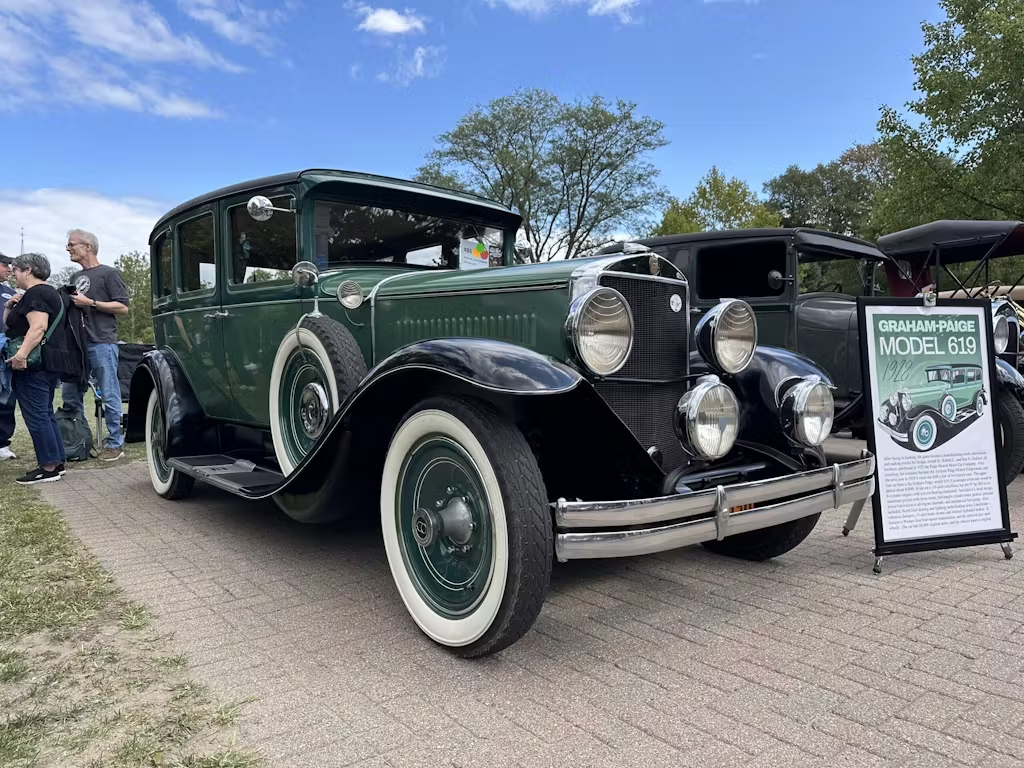
Based in: Dearborn, Michigan
The story, in a nutshell: Three farm kids make it big (until they don’t).
The story of the Graham brothers, and their several companies, is a rags-to-riches tale with a surprising (albeit indirect) connection to Jeep. Joseph, Robert, and Ray grew up as farmers in Washington, Indiana, but established themselves in the glass bottle industry thanks to their father, who purchased a factory in the early 1900s. By 1908, all three brothers had joined the firm, and by 1915, writes Alan Naldrett in Lost Car Companies of Detroit, “the Grahams were the largest beer and soda pop bottle manufacturers in the United States.”
After selling the company, they went in another direction: trucks. First, they built kits that allowed farmers to turn a Model T into a one-ton express or a stakebed truck, with a new rear axle and spliced frame. In 1919 they built their own truck, the Graham Speed Truck, using Dodge engines. Soon after, they signed a sweet deal with Dodge: It would provide Graham with engines and transmissions, and Graham would sell their trucks exclusively through Dodge dealers. By the mid-1920s, the Graham brothers were the largest independent truck producers in the world.
When they sold Graham Brothers, Inc. to Dodge in 1926, they agreed not to build trucks. Cars, though, were fair game—and the luxury market was ripe for the taking. The ambitious brothers bought the Paige-Detroit Motor Car Company and in 1928 debuted a new luxury car produced by their newest company: Graham-Paige Motors Corporation.
The handsome green vehicle above is one of those inaugural cars, and a high-spec one at that. According to the placard provided at Old Car Fest by its owner, the car’s L-head six-cylinder boasts aluminum pistons, water jackets that run the full length of the cylinders, pressurized lubrication (rather than simply splashing oil on spinny bits), and a mechanical fuel pump. The 1928 Graham-Paige is an early adopter of hydraulic brakes, a technology that Duesenberg debuted in 1921. Graham-Paige built over 73,000 cars in 1928, more than Pontiac had in its first year.
Graham-Paige, which became simply “Graham” in 1930, faltered through the Great Depression thanks to a series of genuinely innovative designs that, unfortunately, never sold quite well enough. The car factory was temporarily closed in 1940 and retooled for wartime production. When WWII ended, the high cost of re-retooling caused the brothers to sell the company to Kaiser-Frazer. Thus did Dodge’s de facto truck division evolve into Kaiser-Frazer Motor Company, which bought Willys-Overland and eventually gave us the Jeep.
E-M-F (1909–12)
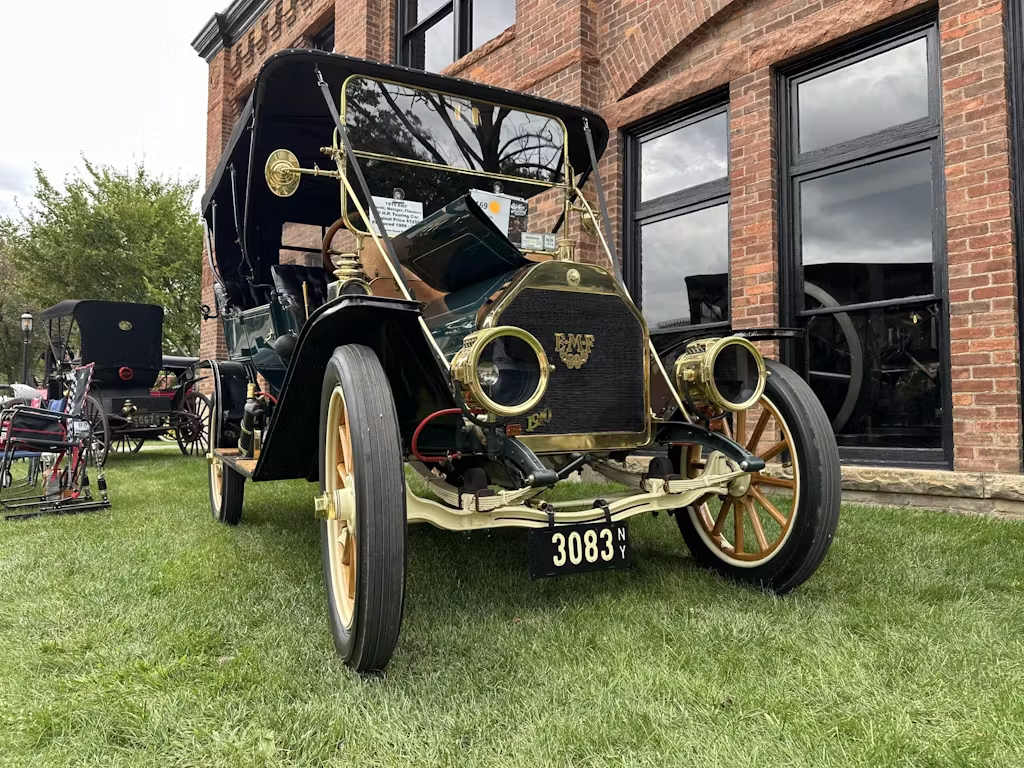
Based in: Detroit, Michigan
The story, in a nutshell: Too many cooks in the kitchen.
The brief story of E-M-F proves that good ingredients don’t guarantee success. The name is taken from the first letters of its three founders’ last names: Everitt, Metzger, and Flanders. The combination seemed so promising. Byron “Barney” Everitt came from the custom-carriage industry, and at the age of 20 started his own company. His shop painted the first Ford and Oldsmobile, and the first 10,000 Fords. William Metzger was a salesman who had organized the first Detroit Auto Show, the first New York Auto Show, and the first organized auto race in Detroit. Before joining E-M-F, he was Cadillac’s sales manager. Walter Flanders, who left Ford to found E-M-F, was a production manager and the reason that Ford could build 10,000 cars a year. According to the Automotive Hall of Fame, Flanders famously said, “I did not come to save pennies, I came to make dollars.”
The first E-M-F models came out in 1909, and were sold through Studebaker dealers. That year, it was fourth in the list of top-selling U.S. car companies (Ford, Buick, and Maxwell were the top three). Despite the name, which was just asking for catty acronyms (“Every Mechanic’s Friend,” and “Every Morning Fix It.” “Eternally Missing Fire”), the Standard Catalog of American Cars says that, in the context of the 1909 automotive industry, the first E-M-F was “a fine little car.”
Unfortunately, the Model T was a rising star, and cheaper. And though the three minds that had created E-M-F were each brilliant in their own ways, the men couldn’t manage to get along. The partnership with Studebaker, whose role E, M, and F could never quite agree upon, proved its downfall. As of 1912, all E-M-Fs were badged as Studebakers.
Overland (1903–26, 1939)
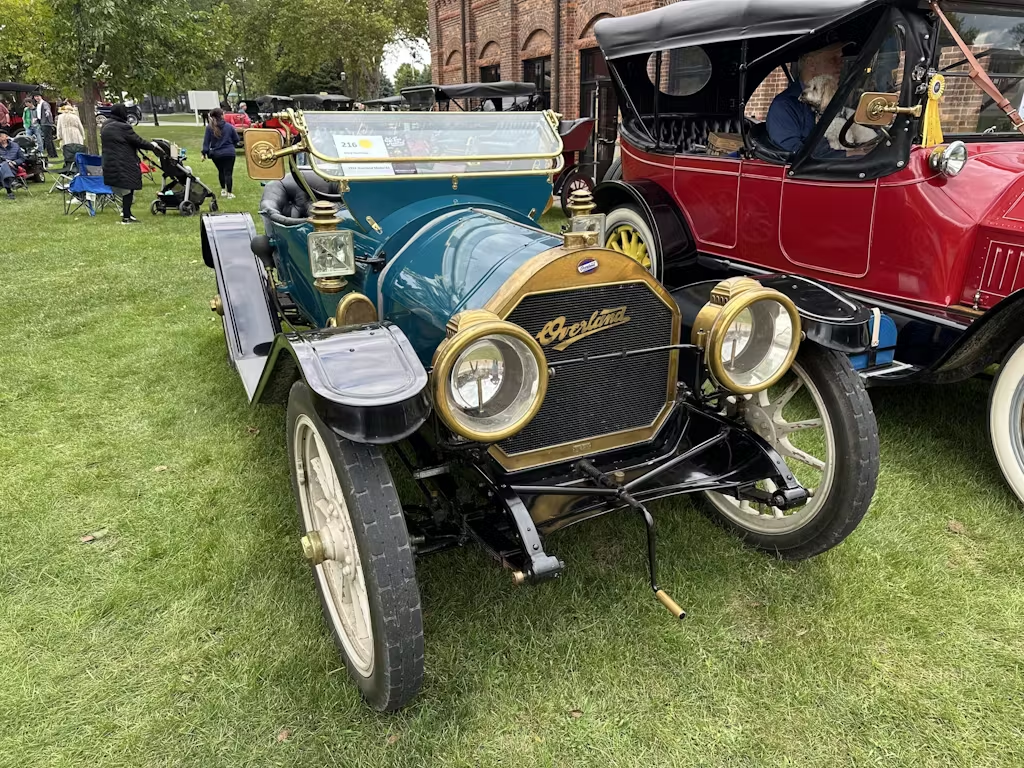
Based in: Terre Haute, Indiana; Indianapolis, Indiana; Toledo, Ohio
The story, in a nutshell: Success against all possible odds.
We simply don’t have room to capture the chaos that characterized the early years of Overland, a name familiar to students of WWII history from Willys-Overland, the maker of the original military (and civilian) jeeps. We’ll hit a few of the highlights.
First up: Overland was founded in 1903 by two guys who had never built a car: The president of a wheel company and a college grad who had—okay, he had built a four-wheeled vehicle out of a tricycle, but that was it. Said president decided to make said grad the head of his company’s new automobile division. The young Claude E. Cox made a pretty decent car, only for the big boss to lose both interest and faith in the venture. Two of the wheel company’s customers bailed out Cox’s auto division: One provided the cash to create the Overland Auto Company in March of 1906, and another, an auto dealer named John North Willys, put in a huge order of cars. We’ll skip over the financial crisis of 1907, in which the first generous customer lost all his money and his house, and how Willys took over and started building cars in circus tents, causing Mr. Cox to leave in a huff, and get straight to Willys’ purchase of a Toledo factory and the formation of the Willys-Overland Company in 1909. Whew.
The company really took off in the 19-teens, making more cars per year than anyone except Ford. Perhaps the success inspired Mr. Willys to aim a bit too high: He announced a rival to the Model T in October of 1917, but a strike at the Toledo plant, plus ripple effects of World War I and the recession that followed it left Willys-Overland at the mercy of the banks. Things didn’t really stabilize until Mr. Willys gave up on the Model T rival idea and built a revised, more powerful, and prettier Overland four-cylinder car. And then the Great Depression hit. Willys-Overland went back into receivership, clawed its way out, and wiped the product slate clean once more.
It’s honestly impressive that it survived long enough to respond to the government’s call for jeeps …
Autocar (1901–1912)
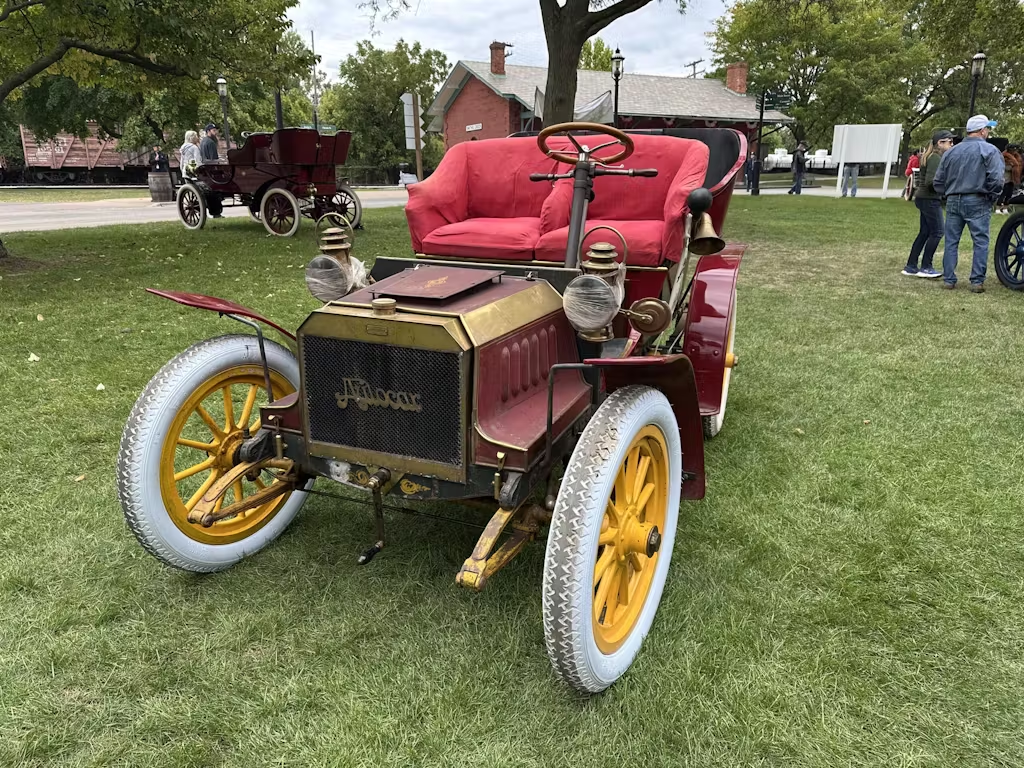
Based in: Ardmore, Pennsylvania
The story, in a nutshell: Bollinger, but in the 1900s.
Autocar was only around for eleven years, from 1901 to 1912. It originally was a family-and-friends affair out of Pittsburgh: The Pittsburgh Motor Vehicle Company, founded in 1897 by three brothers, their father, and a family friend. (The money came from the dad, apparently.) They renamed the company “Autocar” when they moved closer to Philadelphia, and in their first year of production, built 27 cars. A notable feature of some Autocars is their use of a shaft, rather than a chain, drive. The Standard Catalog calls the Autocar “an exceedingly well-made vehicle,” and attributes its discontinuation to the company’s pursuit of commercial, rather than “pleasure,” vehicles.
Brush (1907–12)
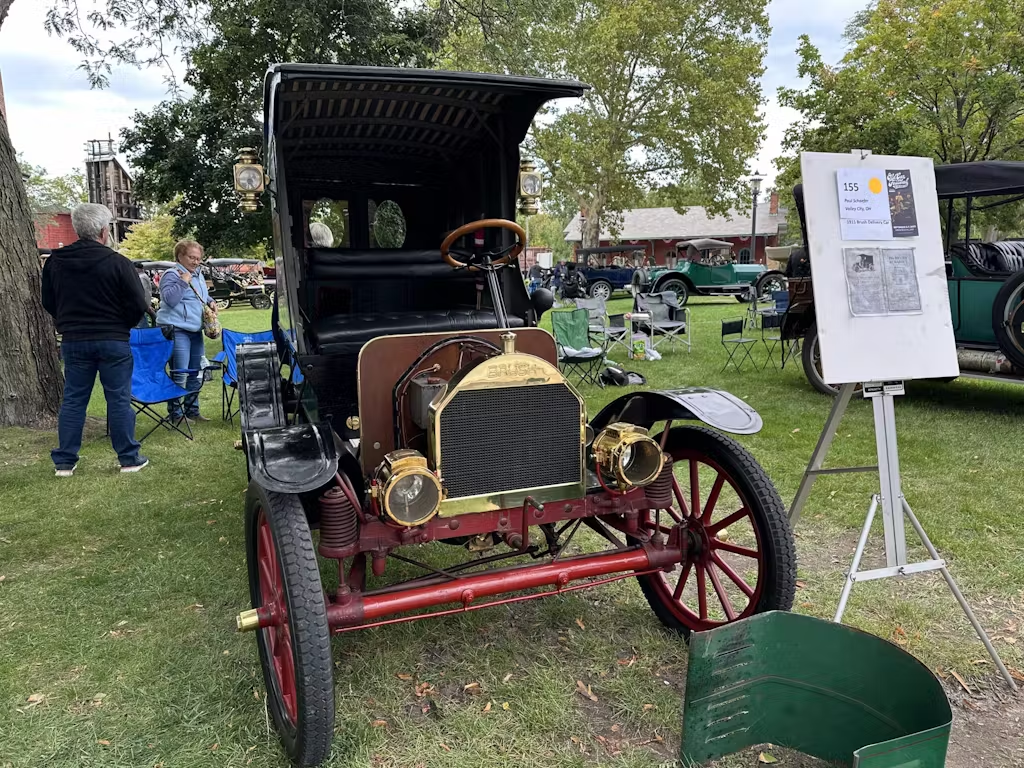
Based in: Detroit, Michigan
The story, in a nutshell: Don’t let your brother take over your car company.
This Brush delivery car is a very late example of the marque, whose brief existence began in 1907 and ended in 1912. Brushes are famous for their axles, which were made (along with the frames) from wood, such as oak, hickory, and maple. (Look closely and you’ll also see the coil spring suspension!) Why wood? Its designer, Alanson P. Brush, was evidently a person of conviction. According to The Standard Catalog, Brush believed that he had achieved “perfection of an original idea in motor car construction.” His Detroit-based company hewed closely to the ancient wisdom of “if it ain’t broke, don’t fix it,” and changes to the model were few. Who knows how long Alanson’s perfected, original idea would have lasted had his company not been absorbed by his brother’s in 1910, “and died with the collapse of that unfortunate conglomerate.” Well, when you put it like that …
Report by Grace Jarvis
find more news here.
